I'll never forget my first taste of sinambong (patupat) at the Kannawidan Festival in Ilocos Norte. As I walk through the food stalls with my friend, the sight of these rice cakes hanging and glistening with sugarcane syrup caught my eye. The vendor shared how she learned this recipe from her grandmother.
Today, I'm excited to share this authentic Ilocano delicacy. While it takes some patience to master the leaf-weaving technique, I promise the result is worth it.
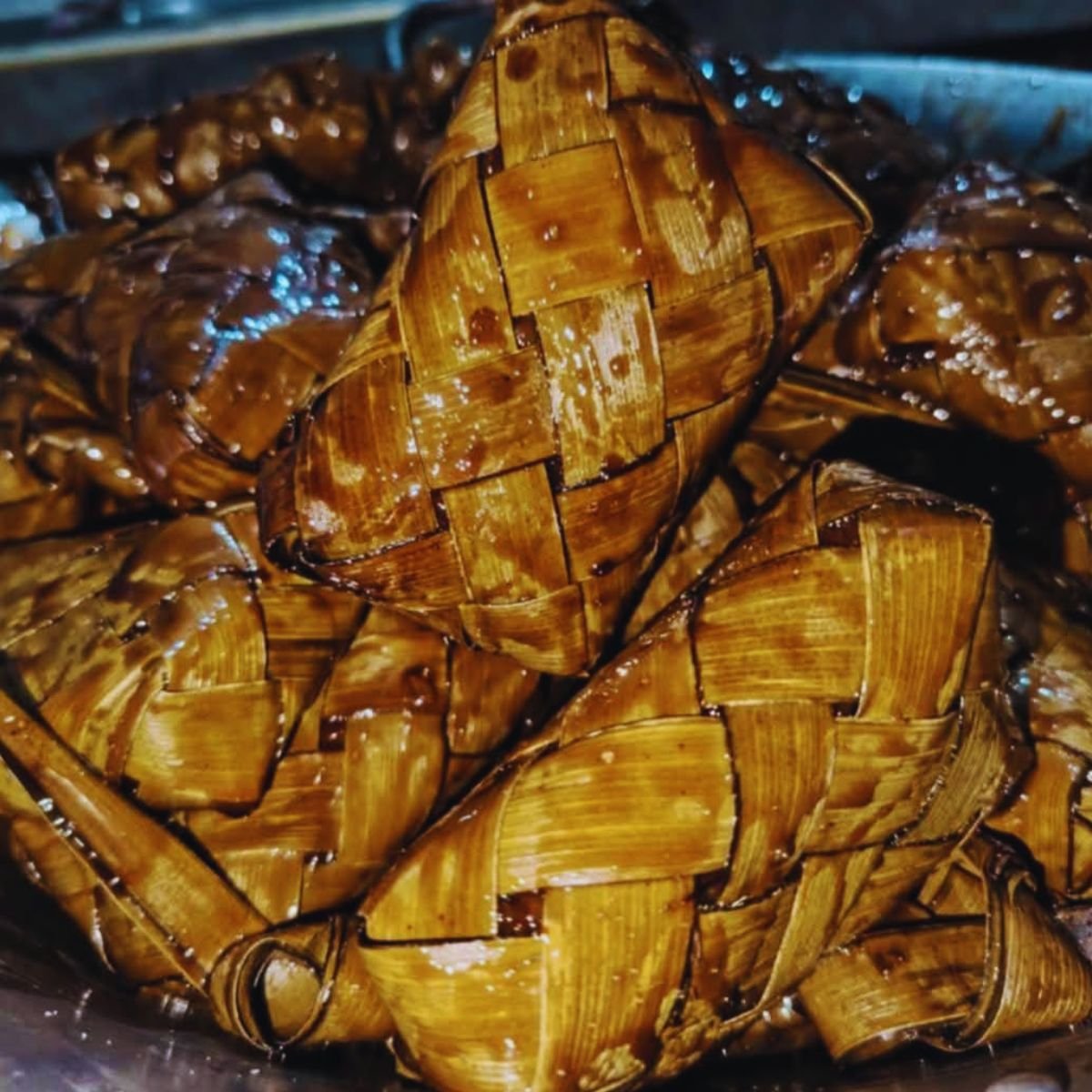
My Ingredients
- 5 cups glutinous rice (malagkit na bigas)
- 15 cups fresh sugarcane juice (katas ng tubo)
- Young coconut leaves or buri leaves for wrapping

How I Make My Ilocano Sinambong (Patupat)
- First, I clean my coconut or buri leaves by wiping them with a damp cloth. I weave these leaves into pouches about the size of my palm, leaving a small opening at one end.
- Next, I fill each woven pouch halfway with uncooked sticky rice. I don't overfill because the rice needs room to expand. I tie each pouch closed with a tight knot using the extra leaf at the opening. I group several pouches together and secure them with bamboo strips.
- I get my large pot ready and pour in the sugarcane juice. I bring it to a strong boil over medium-high heat. As it heats up, I see some particles floating on top, so I remove these with a strainer to get a clean syrup.
- I lower my rice pouches into the boiling sugarcane juice. I make sure they're completely covered by the liquid. I let them cook for one hour.
- I keep cooking the sugarcane juice until it gets thicker and turns golden brown. This will make my sinambong sweeter. I put the cooked rice pouches back into this thickened syrup and cook for another 30 to 50 minutes on low heat.
- After cooking, I lift the pouches out carefully and hang them up to let the extra syrup drip off. I leave them hanging for about 15 minutes.
- I let my sinambong cool down for 30 minutes before eating. Enjoy your sinambong!
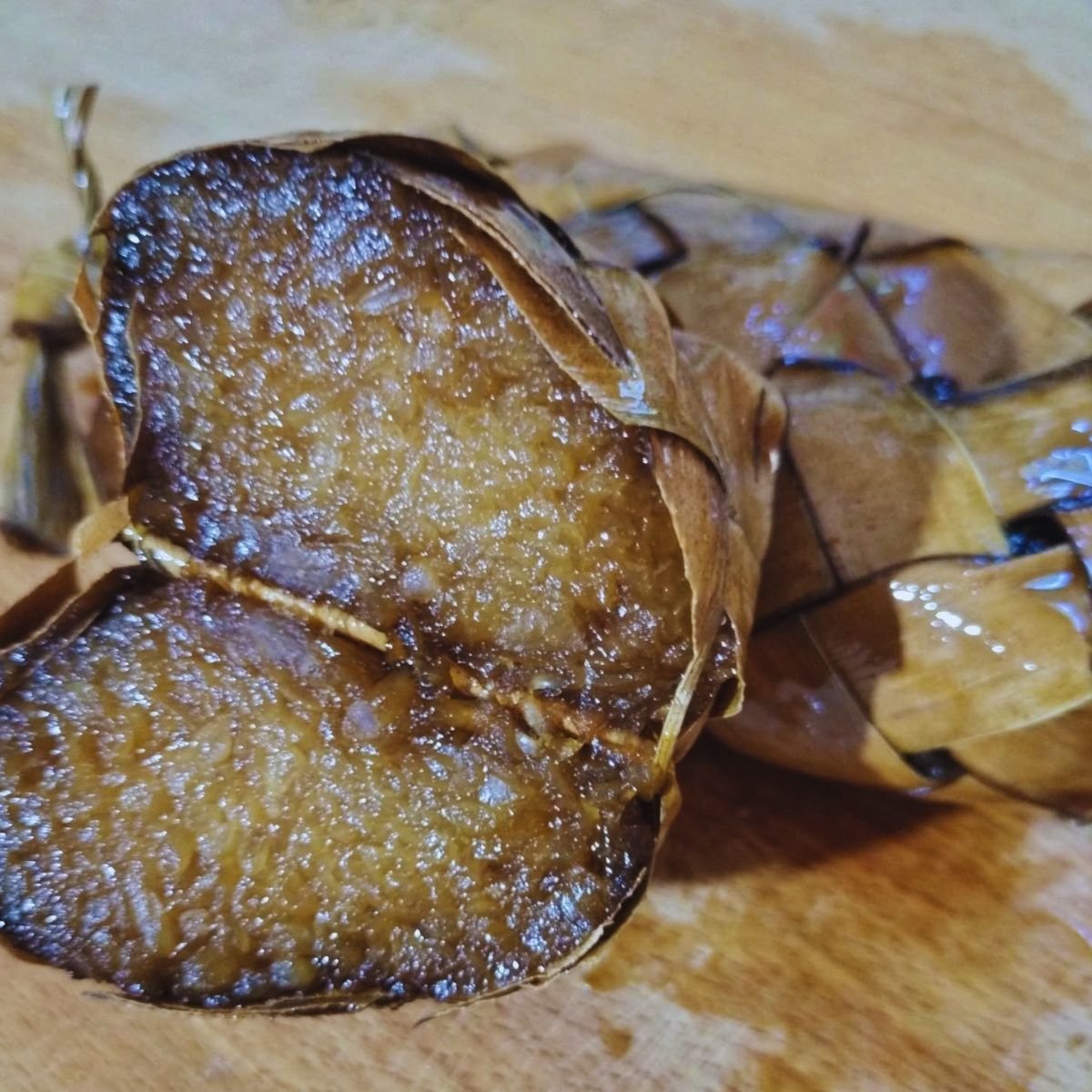
My Personal Tips
- I select young leaves for easier weaving. I soak leaves briefly in warm water to increase flexibility and prevent tearing.
- I test rice doneness by gently pressing through the pouch rather than opening it.
- I start my preparation early morning when leaves are freshest and more flexible. I keep the sugarcane juice boiling gently to prevent pouches from breaking.
- I watch the color change of the syrup because it should reach a rich amber color for authentic flavor.
- If my rice is still hard after cooking, the pouches may be too tightly packed. Next time, I fill them less and extend cooking time by 15-minute intervals until done.
- If my pouches open during cooking, I double-knot the leaves or reinforce with kitchen twine.
- If my syrup is too thin, I continue cooking until it reaches a honey-like consistency.
- I practice the weaving technique on scrap leaves first.
- For storing, I keep it at room temperature for 2 to 3 days in a covered container away from direct sunlight. It can be stored in the refrigerator for up to 1 week in an airtight container. I don't recommend freezing because it changes the texture of the rice.
- Remember, patience is key when making sinambong. I take my time with each step, especially the weaving and cooking in syrup.
Related
Looking for other recipes like this? Try these:

My Ilocano Sinambong (Patupat) Recipe
Sinambong, also known as Patupat in Ilocano, is a traditional rice cake made with glutinous rice cooked in pure sugarcane juice and wrapped in intricately woven coconut or buri leaf pouches.
Ingredients
Method
- First, I clean my coconut or buri leaves by wiping them with a damp cloth. I weave these leaves into pouches about the size of my palm, leaving a small opening at one end.
- Next, I fill each woven pouch halfway with uncooked sticky rice. I don't overfill because the rice needs room to expand. I tie each pouch closed with a tight knot using the extra leaf at the opening. I group several pouches together and secure them with bamboo strips.
- I get my large pot ready and pour in the sugarcane juice. I bring it to a strong boil over medium-high heat. As it heats up, I see some particles floating on top, so I remove these with a strainer to get a clean syrup.
- I lower my rice pouches into the boiling sugarcane juice. I make sure they're completely covered by the liquid. I let them cook for one hour.
- I keep cooking the sugarcane juice until it gets thicker and turns golden brown. This will make my sinambong sweeter. I put the cooked rice pouches back into this thickened syrup and cook for another 30 to 50 minutes on low heat.
- After cooking, I lift the pouches out carefully and hang them up to let the extra syrup drip off. I leave them hanging for about 15 minutes.
- I let my sinambong cool down for 30 minutes before eating. Enjoy your sinambong!
Notes
- I select young leaves for easier weaving. I soak leaves briefly in warm water to increase flexibility and prevent tearing.
- I test rice doneness by gently pressing through the pouch rather than opening it.
- I start my preparation early morning when leaves are freshest and more flexible. I keep the sugarcane juice boiling gently to prevent pouches from breaking.
- I watch the color change of the syrup because it should reach a rich amber color for authentic flavor.
- If my rice is still hard after cooking, the pouches may be too tightly packed. Next time, I fill them less and extend cooking time by 15-minute intervals until done.
- If my pouches open during cooking, I double-knot the leaves or reinforce with kitchen twine.
- If my syrup is too thin, I continue cooking until it reaches a honey-like consistency.
- I practice the weaving technique on scrap leaves first.
- For storing, I keep it at room temperature for 2 to 3 days in a covered container away from direct sunlight. It can be stored in the refrigerator for up to 1 week in an airtight container. I don't recommend freezing because it changes the texture of the rice.
- Remember, patience is key when making sinambong. I take my time with each step, especially the weaving and cooking in syrup.
Tried this recipe?Let us know how it was!
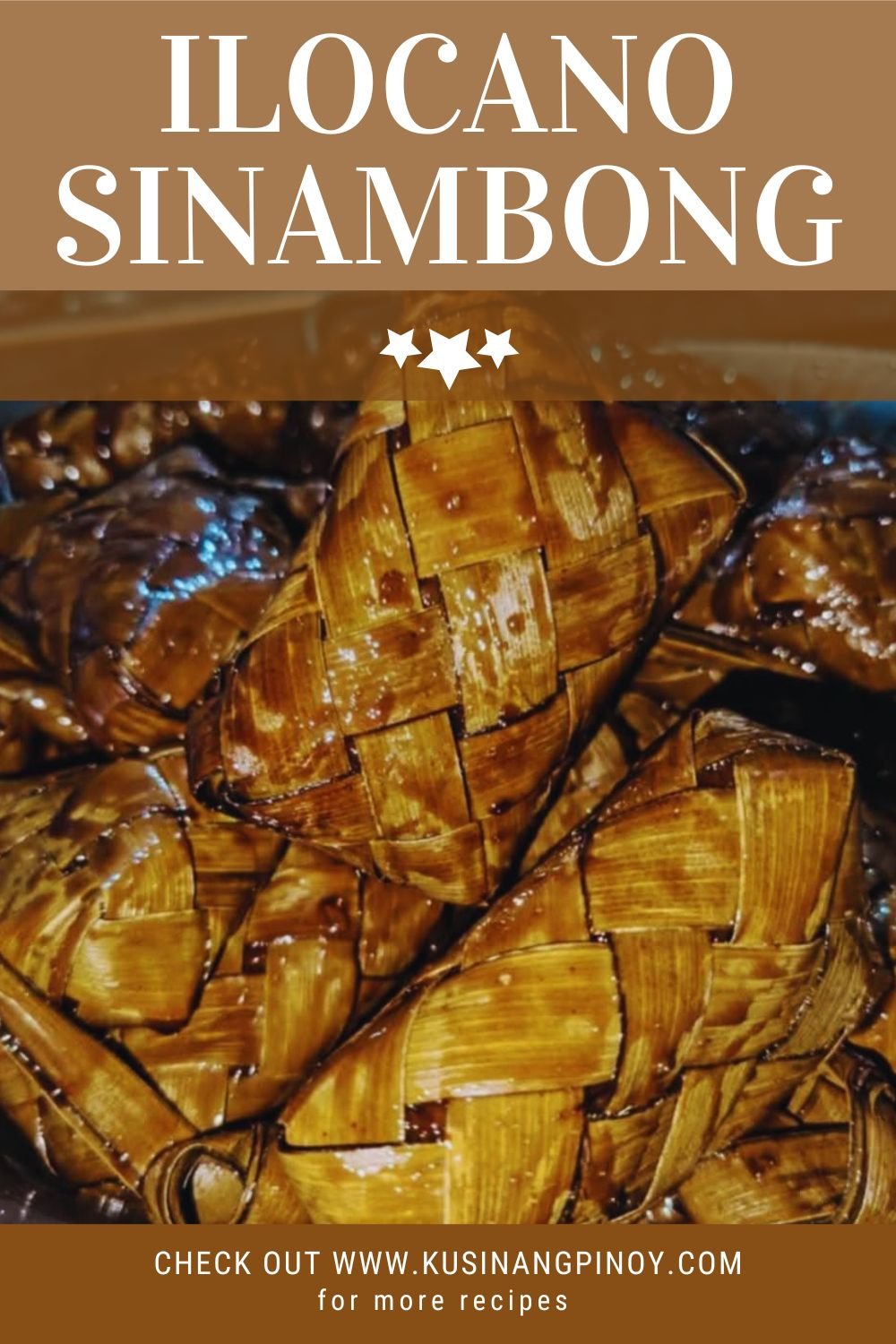




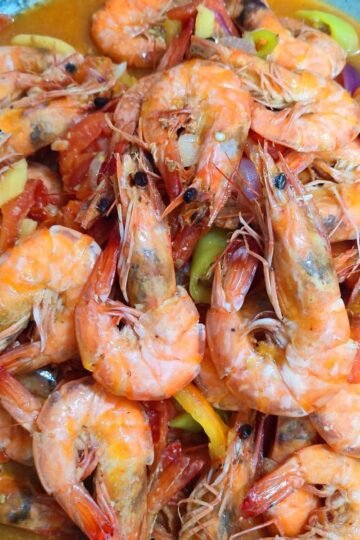
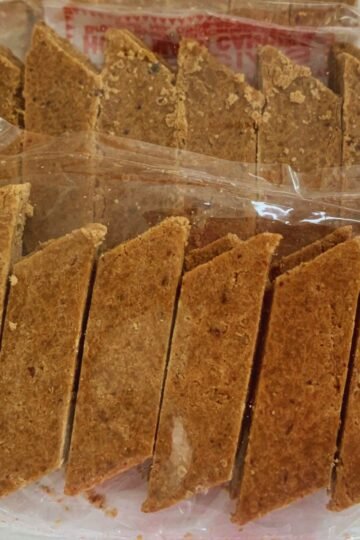



Comments
No Comments